| Jeondong Cathedral with the history of Catholicism in Korea |
|
| Jeondong Catholic Church was the first Catholic church in Korea to beheaded by the beheading of Kwon Sang-yeon (James) who was involved in Yoon Ji-chung when Yun Ji-chung (Paolo) burned new liquor according to the doctrine of his mother's life and did not perform rites. It is a place of martyrdom. |
|
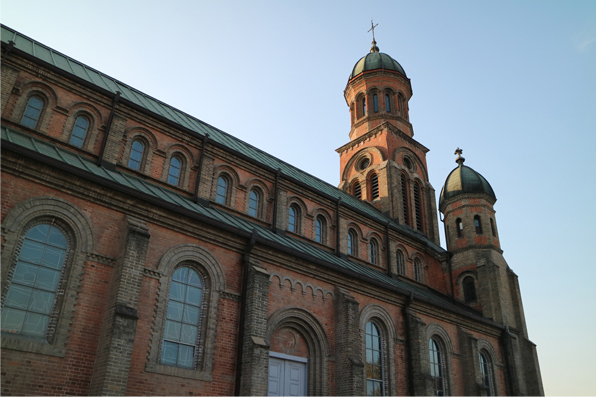 |
| Jeonju's fatal asset, the birthplace of Korean Catholicism |
|
| A steep ridge in the southeast of Jeonju Hanok Village. The pilgrims' visit to the deadly shrine, with a clear view of the towering cross, is a popular attraction, and there is a memorial church built in 1994 on the top of the mountain at an altitude of about 300 hundred meters. |
|
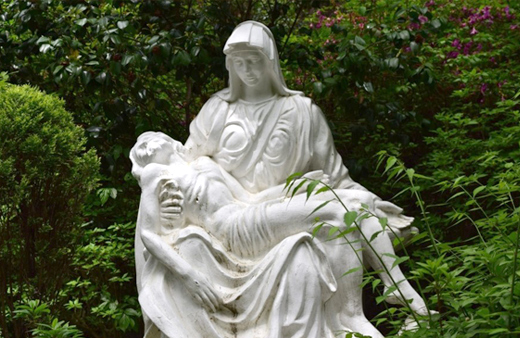 |
| Omokdae, the historic site where Taejo stayed |
|
| It is located at the foot of Seungamsan Mountain, where you can see the whole view of Hanok Village, but there is a small, flat hill that has been cut off by the construction of the Jeolla Line railroad. |
|
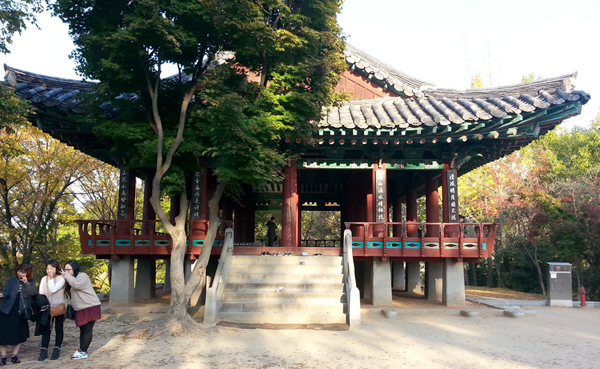 |
| Hanbyeokdang with a taste of style in harmony with nature |
|
| Poet Seung-beom Choi sang of the scholar's enjoyment and the faintness that would have been included in'Hanbyeok Cheongyeon'. Hanbyeokdang is a pavilion carved out of the cliff at the head of Balsan, the foot of Seungamsan Mountain, and is a small pavilion under Byeongpungbawi Rock. |
|
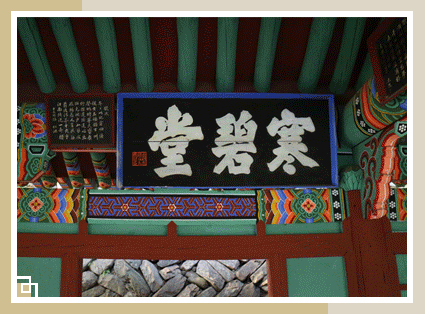 |
| Jeonju Hyanggyo, the cradle of local education in the Joseon Dynasty |
|
Jeonju Hyanggyo is an educational institution in the Joseon Dynasty that corresponds to the current middle and high school. It was founded in the 3rd year (1354) of King Gongmin of Goryeo. He believed in the court that it was contrary to the rule of law, and was relocated to the present location with the king's approval.
|
|
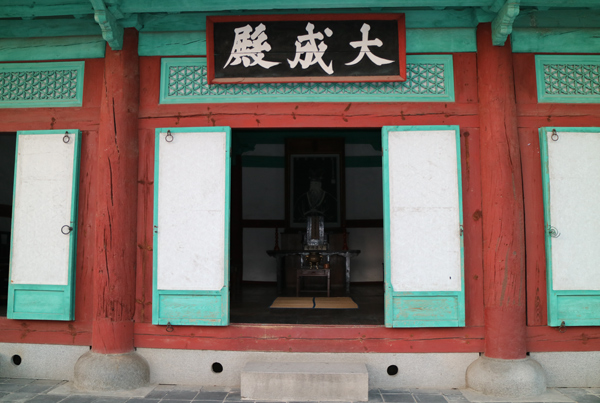 |
| Pungnammun, the 4th gate of Jeonju |
|
| Jeonjubu is an old administrative district in Jeonju that was used from 1403 to 1949 until it was renamed Jeonju. In the past, Jeonju was the place where Jeolla-Gamyeong, which had jurisdiction over Jeolla-do and Jeju-do during the Joseon Dynasty, was one of the three major cities of the Joseon Dynasty after Hanseong and Pyongyang, and was a political, economic, and cultural center. |
|
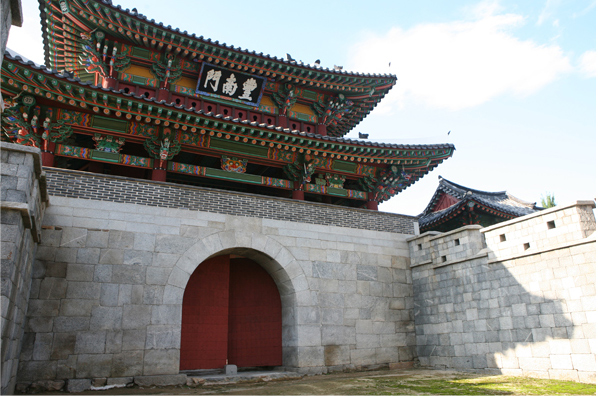 |
| Ohmokdae, said that Taejo Lee Seong-gye gave a night smoke |
|
| A place where you can see the whole view of Hanok Village, located at the foot of Seungamsan Mountain, but with the construction of the Jeolla Line railroad, a small, flat-topped hilltop, and the place to the left along Taejo-ro from Kirin-ro is Omokdae. |
|
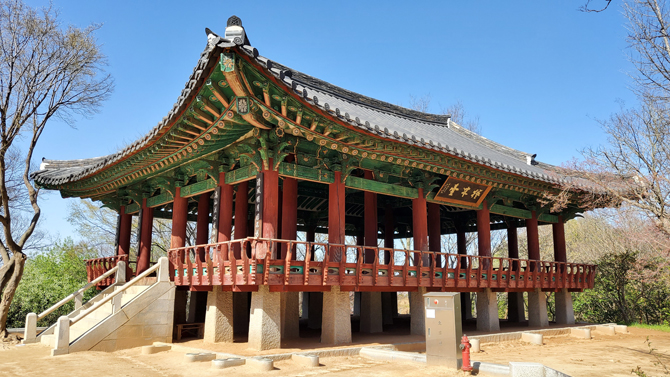 |
| Namgosanseong Fortress, the only historic site of Hubaekje in Korea |
|
| Donggosanseong Fortress and Namgosanseong Fortress, which contains the breath and story of Gyeon-Hwon, who dreamed of the revival of Baekje, are not complex vacation spots, but are a special trip to explore from the history of Hubaekje to the history of the Joseon Dynasty. It is a tour course. |
|
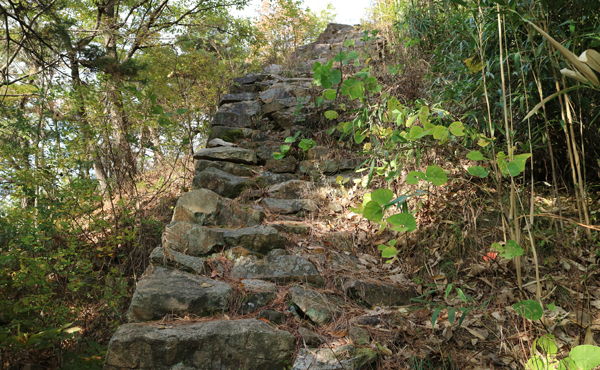 |
| Gyeonggijeon, where the king of the Joseon Dynasty, King Taejo, was enshrined |
|
| Gyeonggijeon is a building built in the 10th year of King Taejong (1410) to enshrine the portrait of Taejo who opened the Joseon Dynasty, that is, Eojin, and to hold rituals. Eoyongjeon was first called Eoyongjeon in Jeonju, Gyeongju, and Pyongyang. In the 12th year of Taejong (1412), it was called Taejo Jinjeon. Was referred to as Jipgyeongjeon and Pyongyang as Yeongsongjeon. |
|
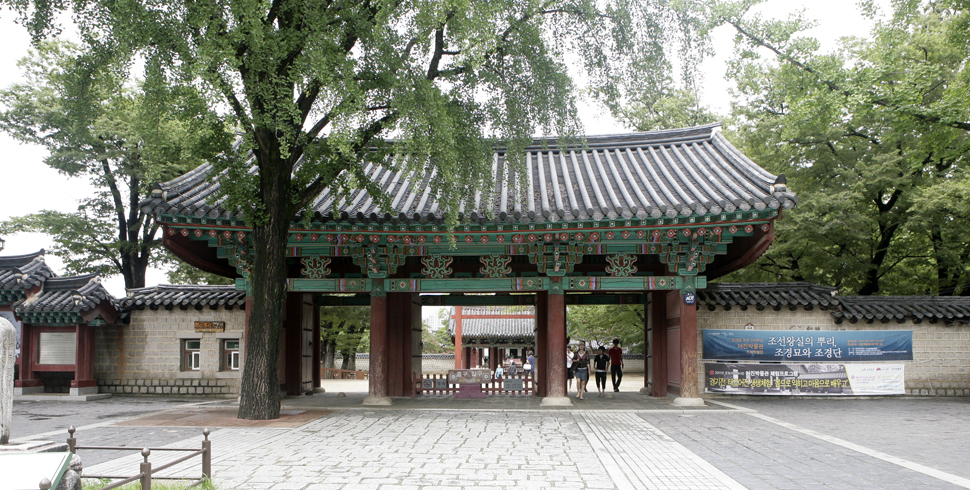 |
| Jeolla Gamyeong, the local governing office in charge of Jeolla-do |
|
| Jeolla Gamyeong is a regional governing office that oversees the Ildo of Jeolla Province and has been located in Jeonju for more than 500 years of the Joseon Dynasty. It is an area that includes Jeollabuk-do during the Joseon Dynasty and includes Jeollabuk-do, Jeollanam-do, and Jeju-do. After entering the Japanese colonial period, the Jeollabuk-do Provincial Office was established in the place of Jeollagamyeong. |
|
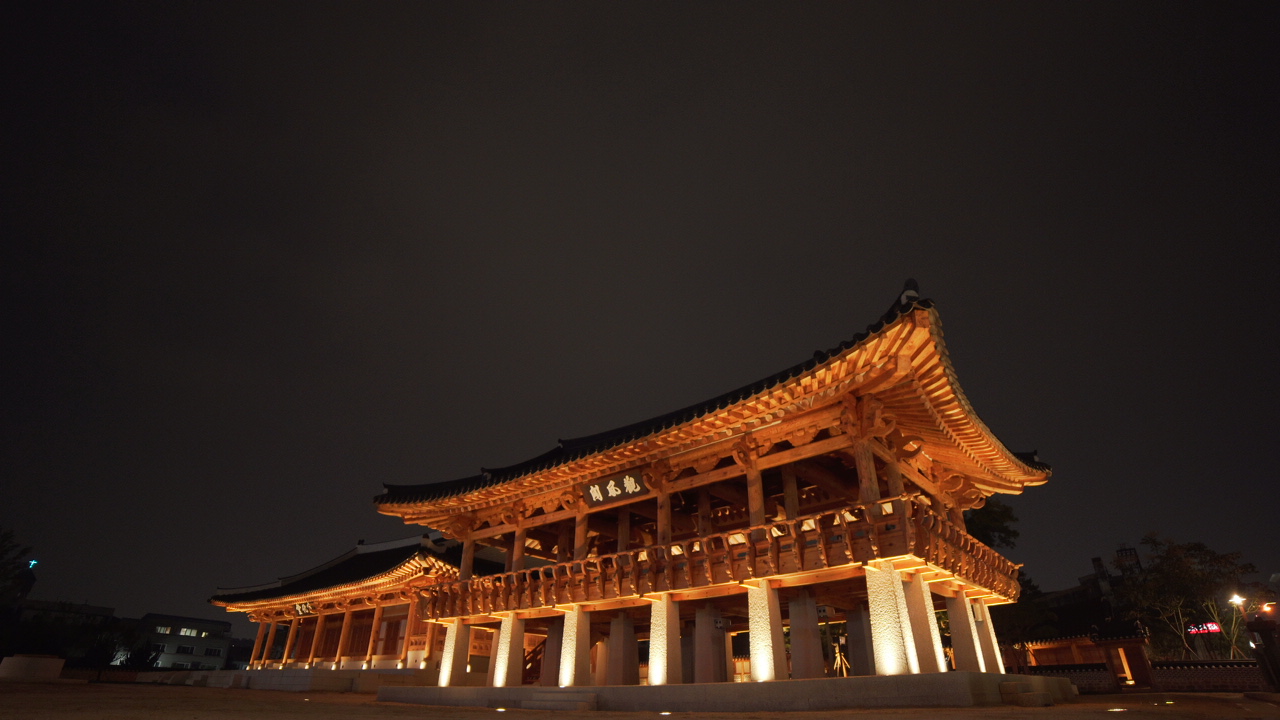 |
| Garam Lee Byung-gi's quarrel with Daga Park |
|
| Since ancient times, Daga Park has been famous for the superb view of the rocks reflected in the water. In May, a colony of poplar trees with white flowers blooming on the cliff was selected as one of the Eight Views of Jeonju. |
|
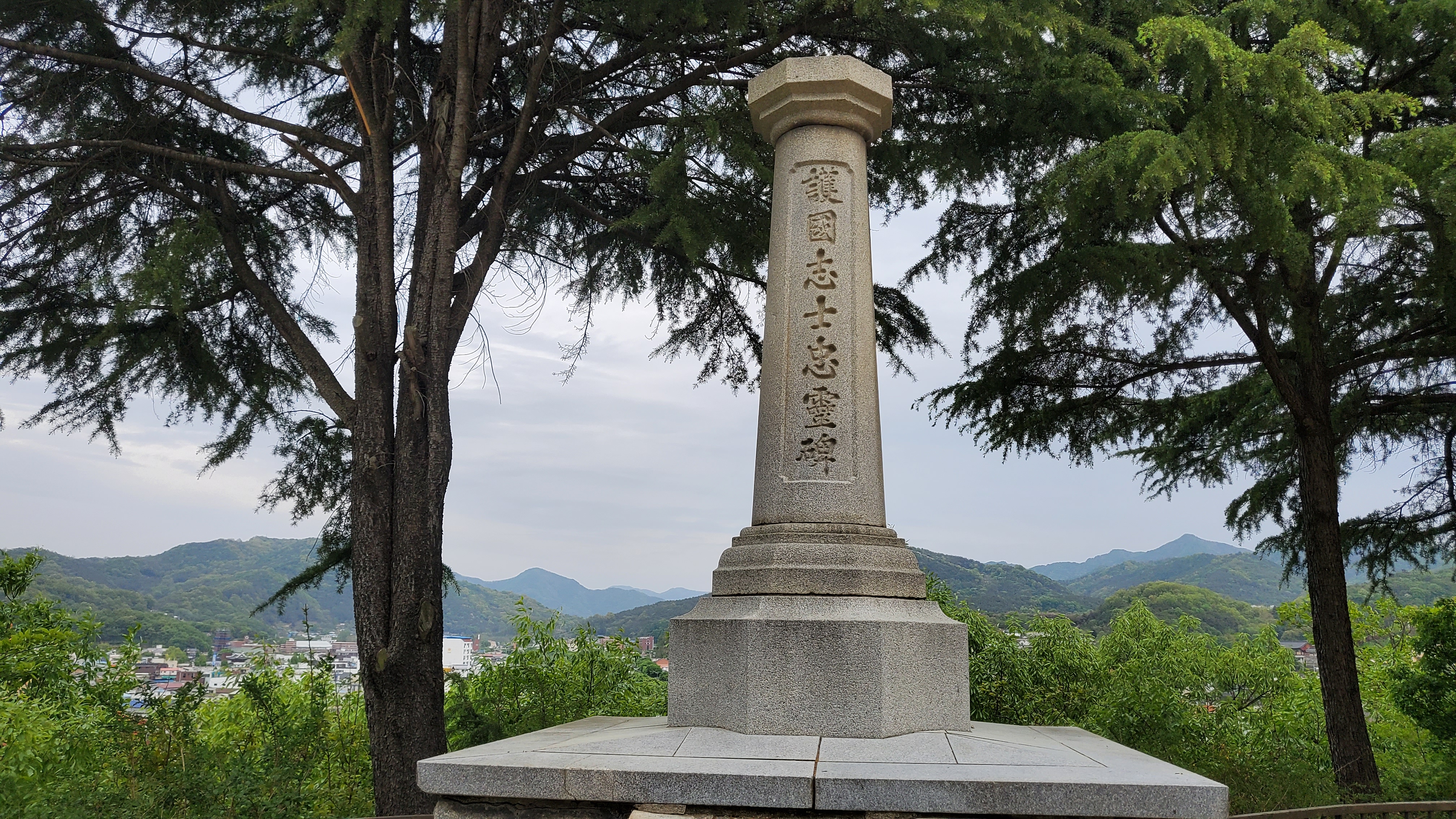 |
| Meeting place, Poongpaeji Hall |
|
| Poongpaejigwan (Jeonju Gaeksa) is believed to have been built at the time of the creation of Jeonju Buseong in the early Joseon Dynasty. Then, in the 3rd year of Seongjong's 3rd year (1473), there is a record that Jeonju Bu-yoon Cho Geun rebuilt the company with the remaining wealth when the Jeonju Accident was founded. |
|
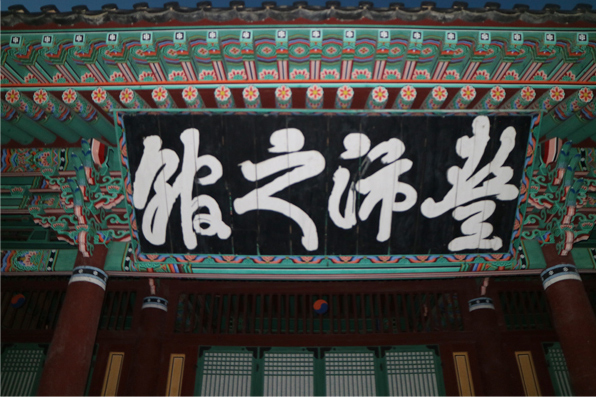 |
|
|
|